Let me say this to start: I am a HUGE Kirby fan. I can’t help it. The lovable pink fluff ball defies all expectations, stealing your heart and delivering a unique platforming experience that is unparalleled in today’s gaming landscape. Many people think that Kirby’s adventures started in the appropriately titled NES game, Kirby’s Adventure; however, Kirby got his start in a smaller, more compact form, on the first proper portable system from Nintendo.
Kirby’s Dream Land was released in 1992 for Nintendo’s portable console, the GameBoy. It’s hard to believe today, but this was the first Kirby game ever released, kicking off a much-beloved series that gamers continue to enjoy. Many of the traditional aspects that people so closely associate with Kirby, however, were not even present, making this a very interesting origin story indeed.

The Magical Giant GameBoy Display
Like most games in this series, Kirby’s Dream Land was a side-scrolling platformer, a tried-and-true genre for Nintendo at the time. Kirby runs from left to right, dealing with enemies along the way, eventually fighting powerful bosses at the end of each of the five stages. Looking back on it now, there appear to be two staple parts of the Kirby genre absent in this game: Kirby being pink and Kirby sucking up enemies and taking their powers. Both of these aspects of Kirby were not yet decided, so this game does have a unique place among the Kirby franchise other than simply being the first.
My first experience with Kirby’s Dream Land came when I went to a local Shopko store in my hometown. I can’t remember how old I was at the time, but I distinctly remember going to the electronics section and being struck with an amazing sight. To demonstrate this game, either Shopko or Nintendo decided it would be amazing if they built a giant GameBoy display around a CRT screen, allowing you to play it on a way bigger screen. The game was still controlled by a wired GameBoy attached to the display, so it almost seemed like something magical. I spent as much time as possible playing that demo and learning the ins and outs of that initial level, gaining great neck pain in the process due to having to stare straight up at the screen for that long.

I did not get a chance to own a copy of the game myself, however, until I got to middle school. While riding a bus on our way to a science museum, a classmate of mine noticed I was playing a GameBoy. He brought out his GameBoy collection and, lo and behold, I saw that he had a copy of Kirby’s Dream Land! With great excitement, I fired it up and proceeded to play it the entire length of the trip. Unfortunately, the final boss at the time proved to be way too much for me, leaving me destitute and the game unfinished until I was an adult.
Right off the bat, the game grabs you with its exciting music and exquisite attention to detail on the first stage. Upbeat and spunky music combined with visuals that seem almost too good on the GameBoy is what sets this first entry apart from other portable games at the time. The detailed sprite work in the background is never distracting but helps you to absorb the game. As you progress through the different levels, little things will pop out to you aesthetically: the clouds floating in the sky, the pillars holding up the platform you are on, the little stars that fling up whenever Kirby falls or bumps into objects, and even the little Kirby dance number at the end of each stage. These minute aspects of the game may seem unnecessary on such a small screen, but they help to communicate to you the amount of love that went into this game.
Embracing the Limited Arsenal of Moves

While the lack of collecting powers from enemies might make this game seem deficient in comparison to other titles in the franchise, the more simplistic gameplay is not a hindrance in any way. Since your arsenal of moves is so small, you learn to get good at adapting to new areas and learning the techniques available to you from the start. Kirby’s power of flight seems difficult to get used to at first and might seem like cheating, but the more you use it and figure out the levels, the more complex everything starts feeling, especially when you get to the end of the game. You can probably already guess who the final boss is, but trust me when I say that it’s one of the most fun final bosses in gaming for me, to the point where I routinely go back to a save state on my 3DS just to play that boss battle.
Kirby’s Dream Land is not a long game. A half-decent speedrunner could beat it within an hour without too much difficulty. But what it makes up for in its short length is a gameplay experience and charm not often seen in games these days. The gameplay is solid, still holding up today even compared to later Kirby titles, and the music will have you tapping your feet as the melodies get stuck in your head all day. If you are looking at building a GameBoy collection, this is an absolute must-have in your gaming menagerie.
